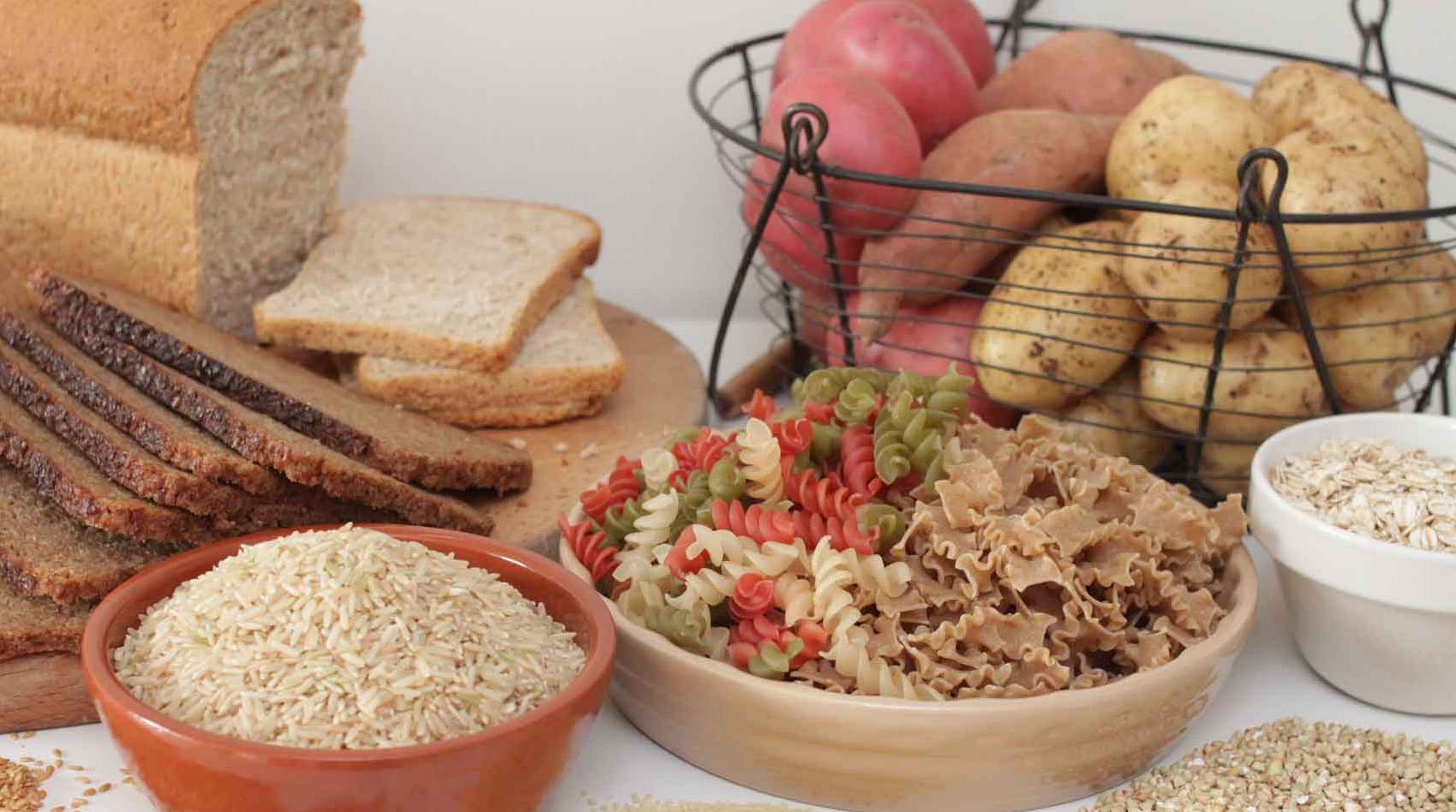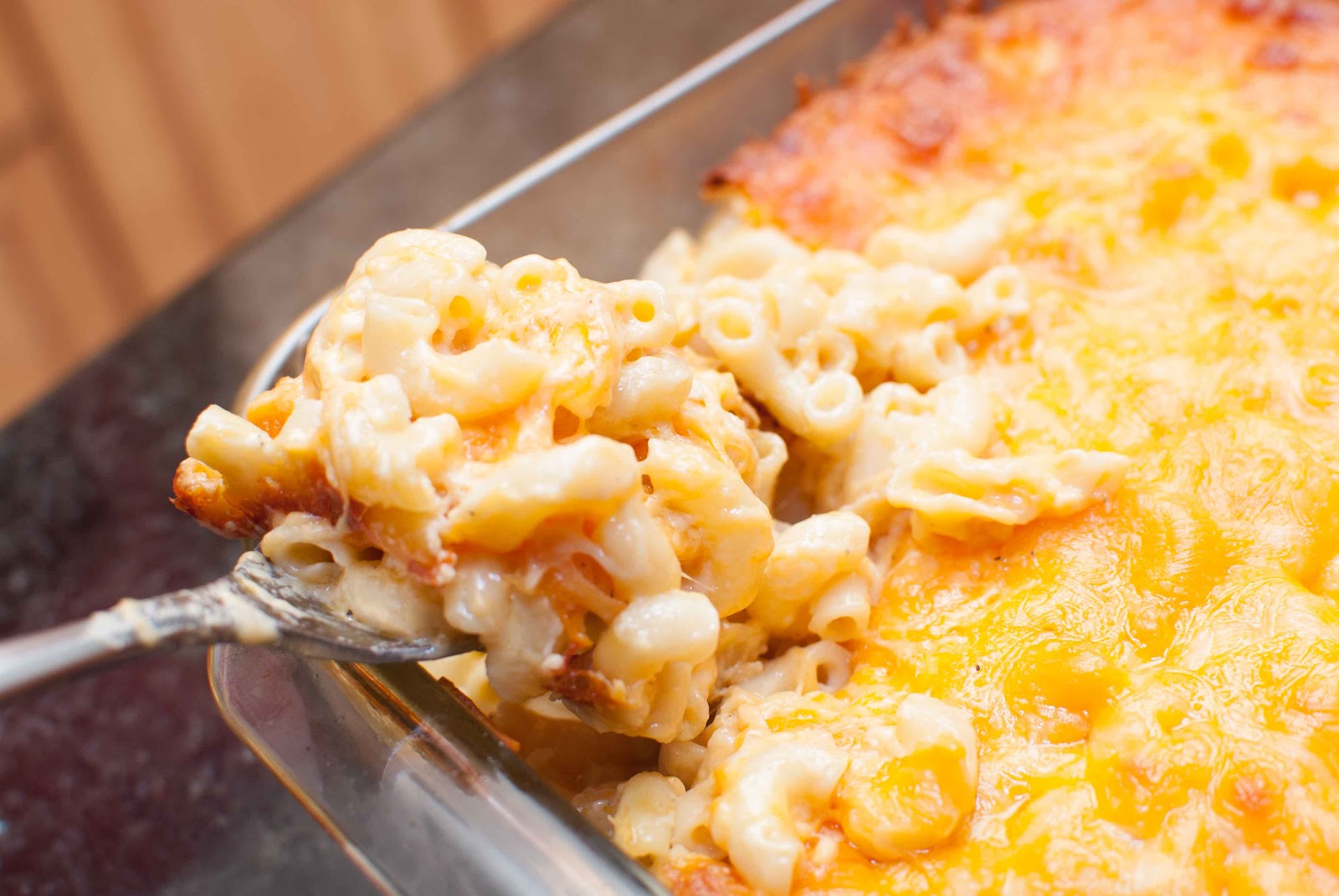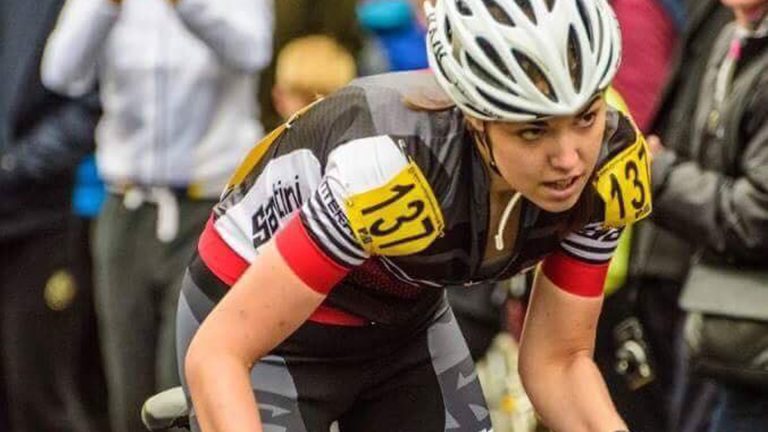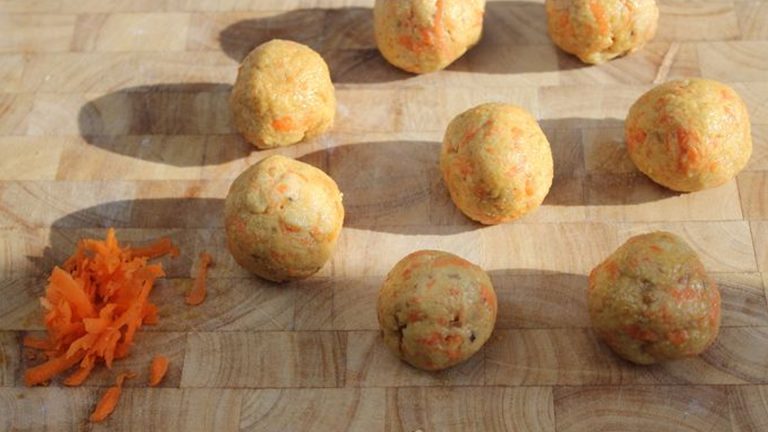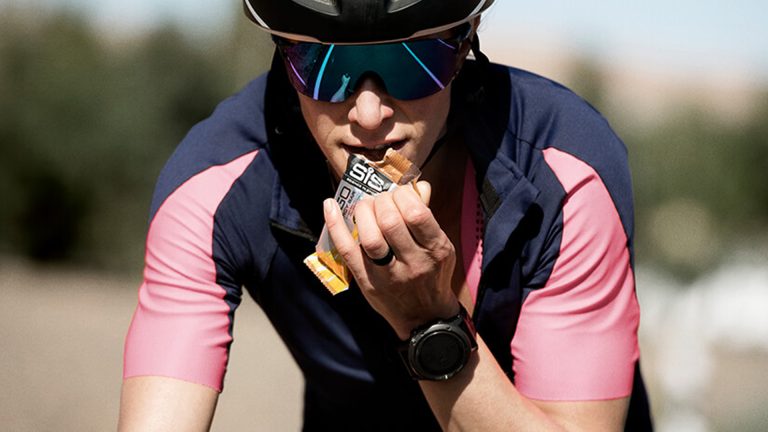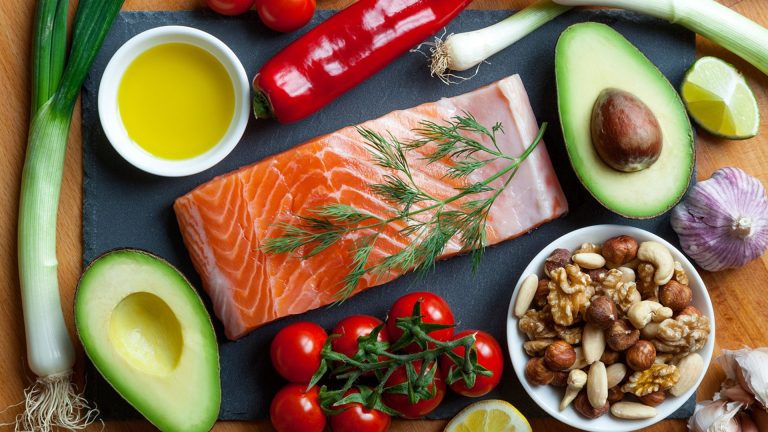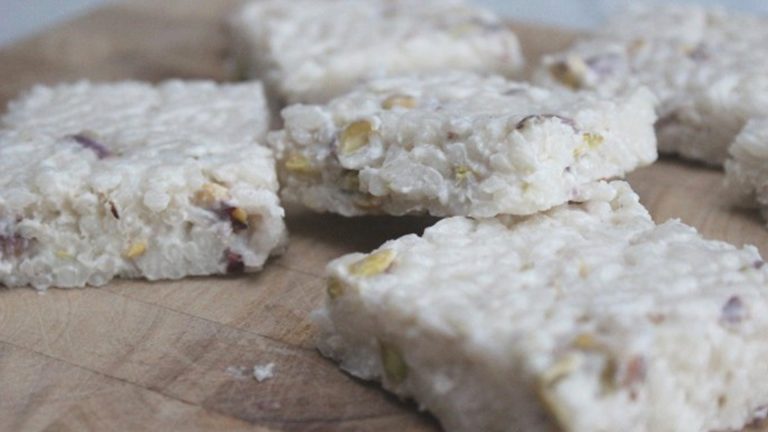The key macronutrient burned during exercise is carbohydrate. So as well as consuming carbs on the bike via drinks, bars and gels, cyclists and other endurance athletes have for decades indulged in the practice of ‘carb loading’ the evening before an event – filling up on extra bread and pasta ready to store in advance of a big effort.
However, in more recent years it’s become popular to put a focus on upping protein consumption, at the detriment of carbohydrates. Not only that, but some research has suggested that women might not have the same capacity as men to store carbs anyway. As a result, the traditional ‘pasta party’ has become a little less popular, with demand for the streak and salad bar (all figurative, mind) building rapidly.
To better understand the benefits – or lack – of carb loading for women we spoke to director at Elite Nutritional Coaching, Joseph Agu.
Agu, who wrote an assignment on exactly this topic during his final qualifications, was keen to put the record straight, saying: “In terms of day-to-day glycogen levels, there doesn’t seem to be a difference between how men and women store carbohydrates. In terms of the super compensation of glycogen storage – AKA carb loading – it was originally thought that, based on a study by Tarnopolsky and colleagues in 1995, women couldn’t carbohydrate load to the same extent as men, if at all. This idea seems to have stuck amongst many.”
In short, the women in this study didn’t get enough pasta to see the effect.
Not with Agu however – he explained: “[In the study] both male and female runners were asked to increase carbohydrate intake for four days, manipulating carbohydrate intake from 55 to 75 per cent of total energy intake. The results of the study showed that men increased muscle glycogen content 41 per cent and improved performance time 45 per cent following a one-hour cycling bout, whereas women showed no increase in muscle glycogen and improved performance time by only 5 per cent. The authors speculated that a possible reason for this gender-related difference could be that the increase in dietary carbohydrate intake may not have been enough to elicit glycogen super-compensation. The female participants in this particular study ingested 6.4 g/kg body weight of carbohydrate, while the men ingested 8.2 g/kg body weight of carbohydrate. Several studies suggest that there is a ‘carbohydrate loading threshold,’ of 8-10 g/kg that is necessary to achieve the ergogenic benefits of carbohydrate loading.”
That’s the long version. In short, the women in this study didn’t get enough pasta to see the effect. Agu added: “This study has since been replicated with women consuming sufficient carbohydrates to cause glycogen super compensation.”

